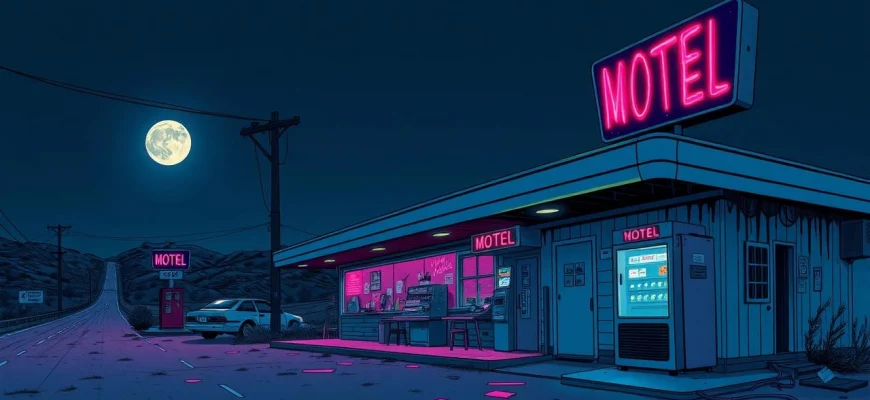If you're a fan of the bizarre, darkly comedic, and utterly unique world of 'The Greasy Strangler' (2016), you're in for a treat. This article explores 10 movies and shows that share the same offbeat humor, surreal storytelling, and unapologetic weirdness that made 'The Greasy Strangler' a cult favorite. Whether you're looking for more absurdist comedy or just want to dive deeper into the strange and greasy underbelly of indie cinema, this list has something for you.
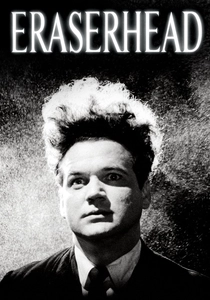
Eraserhead (1977)
Description: Eraserhead shares with The Greasy Strangler a surreal, nightmarish quality and a focus on body horror and grotesque imagery. Both films explore themes of alienation and the absurdity of human existence, with a distinctive, unsettling visual style that lingers in the viewer's mind.
Fact: Eraserhead was David Lynch's first feature film and took five years to complete. The baby in the film was created using a cow's fetus and other materials. The film's sound design was heavily influenced by Lynch's experiences living in Philadelphia.
 Watch Now
Watch Now 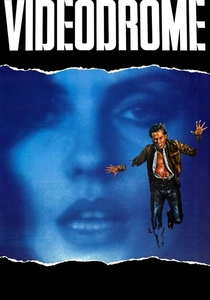
Videodrome (1983)
Description: Videodrome shares with The Greasy Strangler a fascination with body horror and the grotesque, as well as a surreal, dreamlike narrative structure. Both films use shocking imagery to explore themes of identity and transformation.
Fact: Videodrome was one of the first films to explore the concept of virtual reality. The film's special effects were created by Rick Baker, who won an Oscar for An American Werewolf in London. David Cronenberg considered James Woods to be the perfect actor for the lead role.
 Watch Now
Watch Now 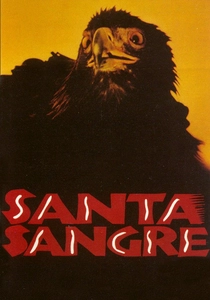
Santa Sangre (1989)
Description: Santa Sangre, like The Greasy Strangler, blends surreal imagery with dark humor and grotesque body horror. Both films explore themes of madness and obsession, with a visual style that is both beautiful and disturbing.
Fact: Santa Sangre was Alejandro Jodorowsky's return to filmmaking after a 23-year hiatus. The film is loosely based on the life of Mexican serial killer Goyo Cárdenas. Jodorowsky's sons play the main character at different ages.
 Watch Now
Watch Now 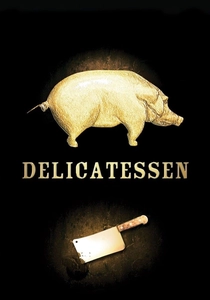
Delicatessen (1991)
Description: Delicatessen, like The Greasy Strangler, combines dark humor with grotesque visuals and a surreal atmosphere. Both films feature eccentric characters and absurd situations that blur the line between comedy and horror.
Fact: Delicatessen was the directorial debut of Jean-Pierre Jeunet and Marc Caro. The film's color palette was deliberately muted to create a post-apocalyptic feel. It won four César Awards, including Best First Feature Film.
 Watch Now
Watch Now 
Tetsuo II: Body Hammer (1992)
Description: Tetsuo II: Body Hammer shares with The Greasy Strangler a frenetic, chaotic energy and a focus on body horror and transformation. Both films use shocking visuals and a punk aesthetic to create a sense of unease.
Fact: Tetsuo II was shot on 16mm film and blown up to 35mm. Director Shinya Tsukamoto plays the lead role in the film. The film's soundtrack was composed by Chu Ishikawa, who also worked on the first Tetsuo film.
 Watch Now
Watch Now 
The City of Lost Children (1995)
Description: The City of Lost Children shares with The Greasy Strangler a dreamlike, nightmarish quality and a focus on bizarre, grotesque characters. Both films create unique, immersive worlds that feel both fantastical and unsettling.
Fact: Ron Perlman learned French phonetically for his role in the film. The film's visual style was inspired by German Expressionism and steampunk aesthetics. It was the second collaboration between directors Jeunet and Caro.
 Watch Now
Watch Now 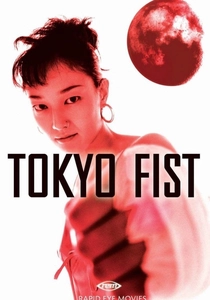
Tokyo Fist (1995)
Description: Tokyo Fist, like The Greasy Strangler, explores themes of masculinity and violence through grotesque, exaggerated imagery. Both films use body horror and absurd humor to critique societal norms.
Fact: Tokyo Fist was inspired by director Shinya Tsukamoto's own experiences with boxing. The film's fight scenes were choreographed by real boxers. Tsukamoto's frequent collaborator, Tomorowo Taguchi, plays the lead role.
 Watch Now
Watch Now 
Uzumaki (2000)
Description: Uzumaki, like The Greasy Strangler, uses absurdist humor and grotesque imagery to create a unique, unsettling atmosphere. Both films feature bizarre transformations and a focus on the body as a site of horror.
Fact: Uzumaki is based on the manga by Junji Ito. The film was shot in black and white to stay true to the manga's aesthetic. Director Higuchinsky made his feature debut with this film.
 Watch Now
Watch Now 
Dogtooth (2009)
Description: Dogtooth shares with The Greasy Strangler a fascination with bizarre family dynamics and the grotesque aspects of human behavior. Both films use shocking imagery and uncomfortable situations to challenge the viewer's expectations of normalcy.
Fact: Dogtooth was banned in Iceland due to its controversial content. The film was shot in just 30 days. It was Greece's official submission for the Best Foreign Language Film Oscar.
 Watch Now
Watch Now 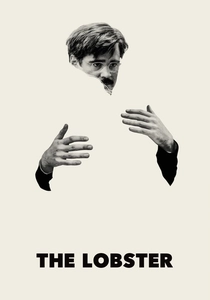
The Lobster (2015)
Description: The Lobster, like The Greasy Strangler, uses absurdist humor and a bizarre premise to critique societal norms and human relationships. Both films feature awkward, deadpan performances and a darkly comedic tone that makes the audience uncomfortable while laughing.
Fact: Colin Farrell gained 40 pounds for his role in The Lobster. The film was shot in Ireland but is set in an unnamed dystopian society. Director Yorgos Lanthimos wrote the script in English, his second language.
 Watch Now
Watch Now 
